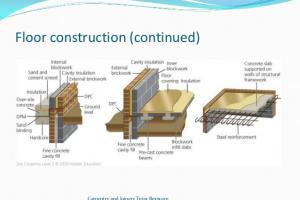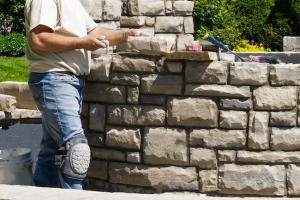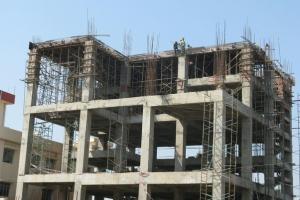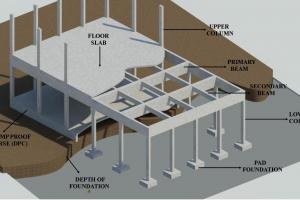Tests Applied on Bricks
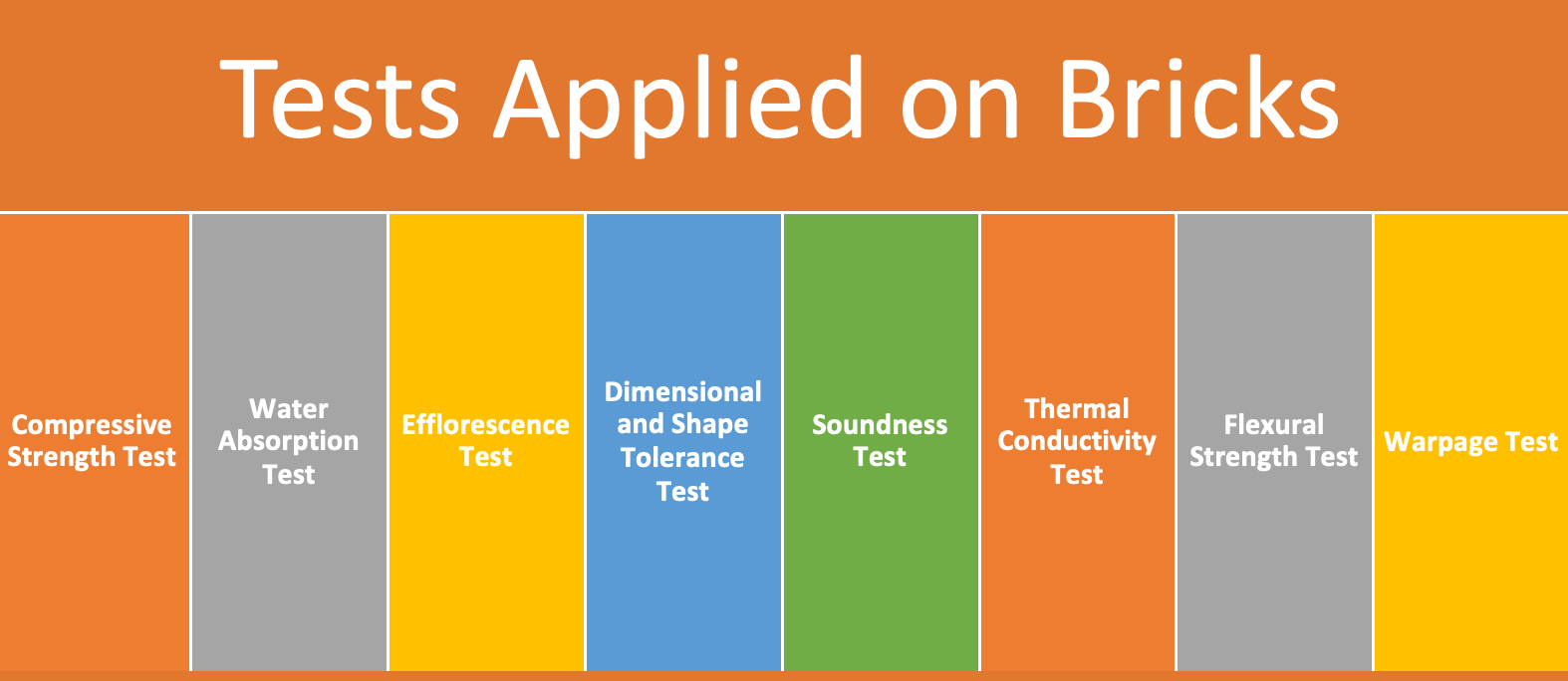
Brick testing is an essential process to ensure the quality and suitability of bricks for construction purposes. Several tests are conducted to evaluate various properties of bricks. Here are some common tests required for brick testing:
Compressive Strength Test:
One of the most critical tests for bricks is the compressive strength test. It measures the brick's ability to withstand a crushing force applied to it. The compressive strength test determines the load-bearing capacity of bricks. It involves applying a compressive load to a brick until it fails. The test helps assess the structural integrity and resistance of bricks against crushing forces. The test involves subjecting a brick to gradually increasing compressive loads until it fractures. The maximum load at which the brick fails determines its compressive strength. This test helps determine whether a brick can withstand the weight and stress it will experience in a building structure.
Water Absorption Test:
Water absorption is a crucial factor in evaluating the quality of bricks. Water absorption test determines the ability of bricks to absorb water. It involves weighing a dry brick, immersing it in water for a specified period, and reweighing it after removing surface water. The test helps evaluate the porosity and durability of bricks. The weight gain indicates the brick's porosity and ability to absorb moisture. Bricks with excessive water absorption can cause problems like efflorescence, freeze-thaw damage, and reduced strength. Therefore, the lower the water absorption, the better the quality of the brick.
Efflorescence Test:
Efflorescence refers to the white salt-like deposits that appear on the surface of bricks when soluble salts migrate through the material and crystallize upon evaporation. The efflorescence test assesses the likelihood of salt formation on the surface of bricks. It involves visual inspection and observing the formation of efflorescence after exposing the bricks to water or moisture. An efflorescence test involves examining bricks for the presence of these deposits. High-quality bricks should have minimal or no efflorescence, as excessive salt deposits can compromise their structural integrity and aesthetics.
Dimensional and Shape Tolerance Test:
Uniformity in size, shape, and dimensions is crucial for bricks used in construction. The dimensional tolerance test ensures that bricks meet the required size and shape standards. It involves measuring the length, width, and height of bricks using appropriate instruments. Deviations from specified dimensions are noted to assess the conformity of the bricks. This test is conducted to ensure bricks meet the required standards specified by building codes or project specifications. Any significant deviations from the standard dimensions could lead to complications during construction, affecting the overall stability and appearance of the structure.
Soundness Test:
The soundness test determines the resistance of bricks against the disintegration caused by alternate wetting and drying or freezing and thawing cycles. It involves subjecting the bricks to these cycles and examining them for signs of cracking or disintegration. The soundness test is performed to determine the resistance of bricks to the harmful effects of moisture. Bricks are subjected to alternate immersion in water and drying, followed by examination for cracks, distortion, or disintegration. Bricks with poor soundness may deteriorate when exposed to moisture, leading to weakened structures. The sound insulation test assesses the ability of bricks to reduce sound transmission. It involves measuring the sound transmission loss of a brick specimen under controlled acoustic conditions. This test helps evaluate the acoustic performance of bricks in reducing noise transmission.
Thermal Conductivity Test:
Thermal conductivity is an important property of bricks, as it affects the energy efficiency of buildings. The thermal conductivity test measures the ability of bricks to conduct heat. It helps evaluate the insulation properties of bricks. The test involves measuring the rate of heat transfer through a brick specimen under controlled conditions. Bricks with low thermal conductivity help regulate indoor temperatures, reducing the need for excessive heating or cooling. This test is essential for selecting bricks suitable for energy-efficient buildings.
Flexural Strength Test:
The flexural strength test determines the ability of bricks to withstand bending forces. It involves applying a load to the center of a brick supported at its ends and measuring the maximum load it can withstand without failure. This test is especially relevant for bricks used in arches and other curved structures.
Warpage Test:
The warpage test determines the extent of distortion or deviation from a flat surface in bricks. It helps assess the straightness and flatness of bricks, which is crucial for proper alignment during construction. Warpage is typically measured along the length and width of the brick.
These are some of the common tests conducted for brick testing. The results of these tests provide valuable information about the quality, strength, durability, thermal properties, and other characteristics of bricks, enabling builders and construction professionals to make informed decisions during the selection and use of bricks in construction projects.



